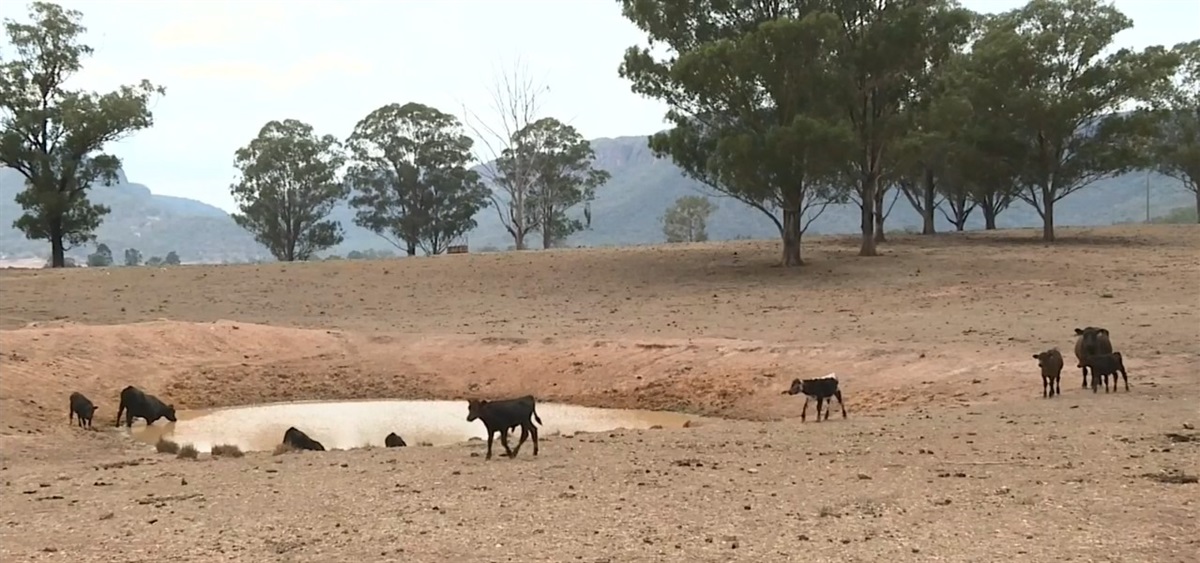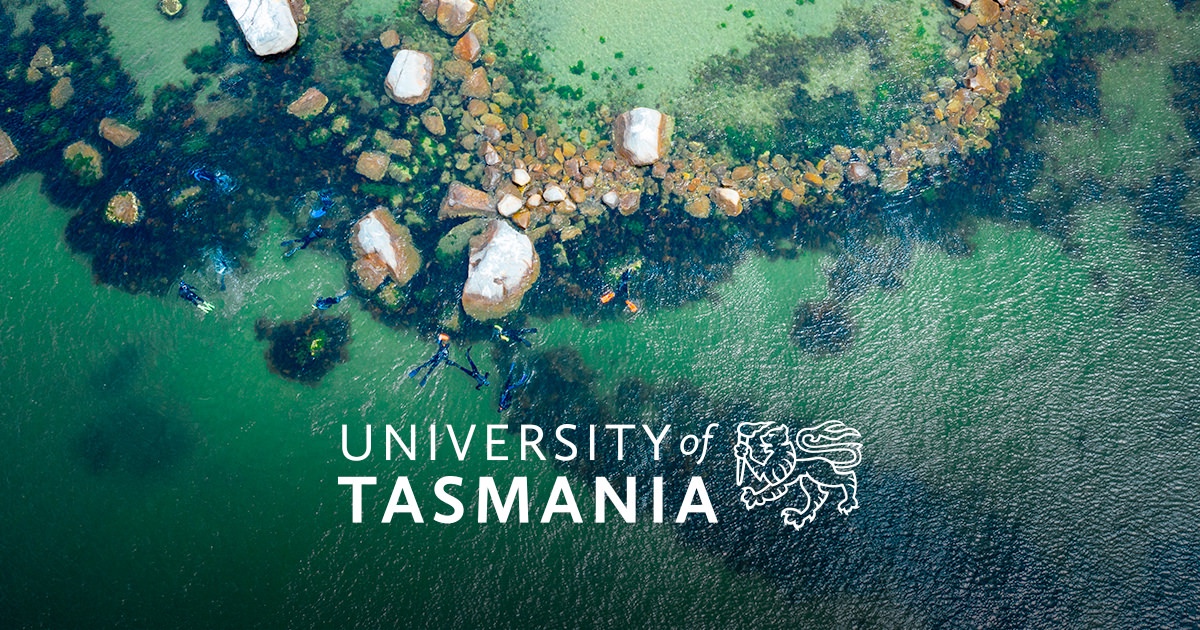Research undertaken by two plant geneticists from the University of Tasmania will help improve the odds for restoring natural ecosystems that have been damaged through human actions. Doctors Peter Harrison and Dorothy Steane, pictured, have played a key role in research published in the prestigious journal Nature Reviews Genetics.
Billions of hectares of natural ecosystems have been degraded globally through human activities and huge investments are being made to restore these ecosystems. However, with the increasing velocity of climate change, restoration efforts need to factor in climate resilience, so trees planted today survive and thrive under future conditions.
Until recently, the rule of thumb for restoration plantings was ‘local is best’ because locally collected seed should be finely tuned to the local environmental conditions. However, many sites that require restoration are now, or will become, very different from their original state. Plants that evolved in situ may no longer grow well under the prevailing environmental conditions.
Advances in genomic technologies are allowing scientists such as Drs Harrison and Steane to identify sources of seed that will improve the success rate of restoration projects. Their work, supported by the ARC Centre for Forest Value, focuses on eucalypts.
“Eucalypts are keystone species for many Australian ecosystems,” Dr Harrison said. “Our research looks at the diversity and adaptive capacity within species to help us identify the best sources of seed that will maximise the success rate of restoration plantings now and into the future.”
In a restoration setting, this could mean bringing seeds from outside the original planting site.
“We’re aiming to maximise the adaptive capacity of what we plant now to guard against future events,” Dr Steane said. “We’re future-proofing against a changing climate.”
The paper, ‘The potential of genomics for restoring ecosystems and biodiversity’, led by Dr Martin Breed from the University of Adelaide, has just been published in the journal Nature Reviews Genetics.








